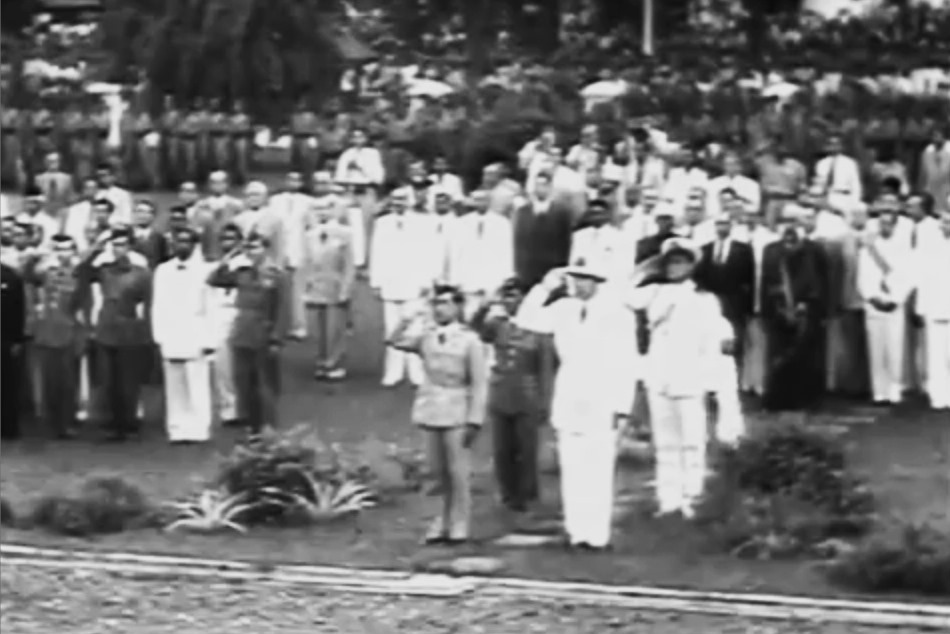Abstract
At less than one and a quarter centuries since its inception, cinema is a recent development. This might explain why the use of film as a primary source for the study of history – a field deeply steeped in the use of text-based sources – has remained at the margins of this discipline. The use of film as a secondary or illustrative source is, however, prevalent. Historians often urge students to view movies in order to gain a better understanding of the societies that they depict. It would not be uncommon, for example, for a high school or college instructor to assign a viewing of Richard Attenborough’sGandhi (1982). Most university students of Middle Eastern politics have viewed Gillo Pontecorvo’s The Battle of Algiers (1966). Pedagogical trends indicate that when film is used as a tool for the study of the past, examples are typically limited to fiction films, not documentaries. I am making a broad distinction here between ‘fiction’ films, productions in which actors act out pre-determined scripts with dramatic plotlines, and ‘non-fiction’ films, commonly referred to as ‘documentary’ films. A more nuanced categorization will follow later.
This essay argues for an increase in the use of ‘non-fiction’ film as a primary source for historians and investigates some of the relevant methodological issues, including the current limitations that are encountered in relation to the accurate citing of sources. I will classify and demarcate the various types of ‘non-fiction’ film and consider where they might lie in relation to our investigation of historical source materials. Examples will mostly be drawn from Indonesia, the geographical focus of the author’s research, but the inferences are generally applicable.

This work is licensed under a Creative Commons Attribution-NonCommercial-NoDerivatives 4.0 International License.

